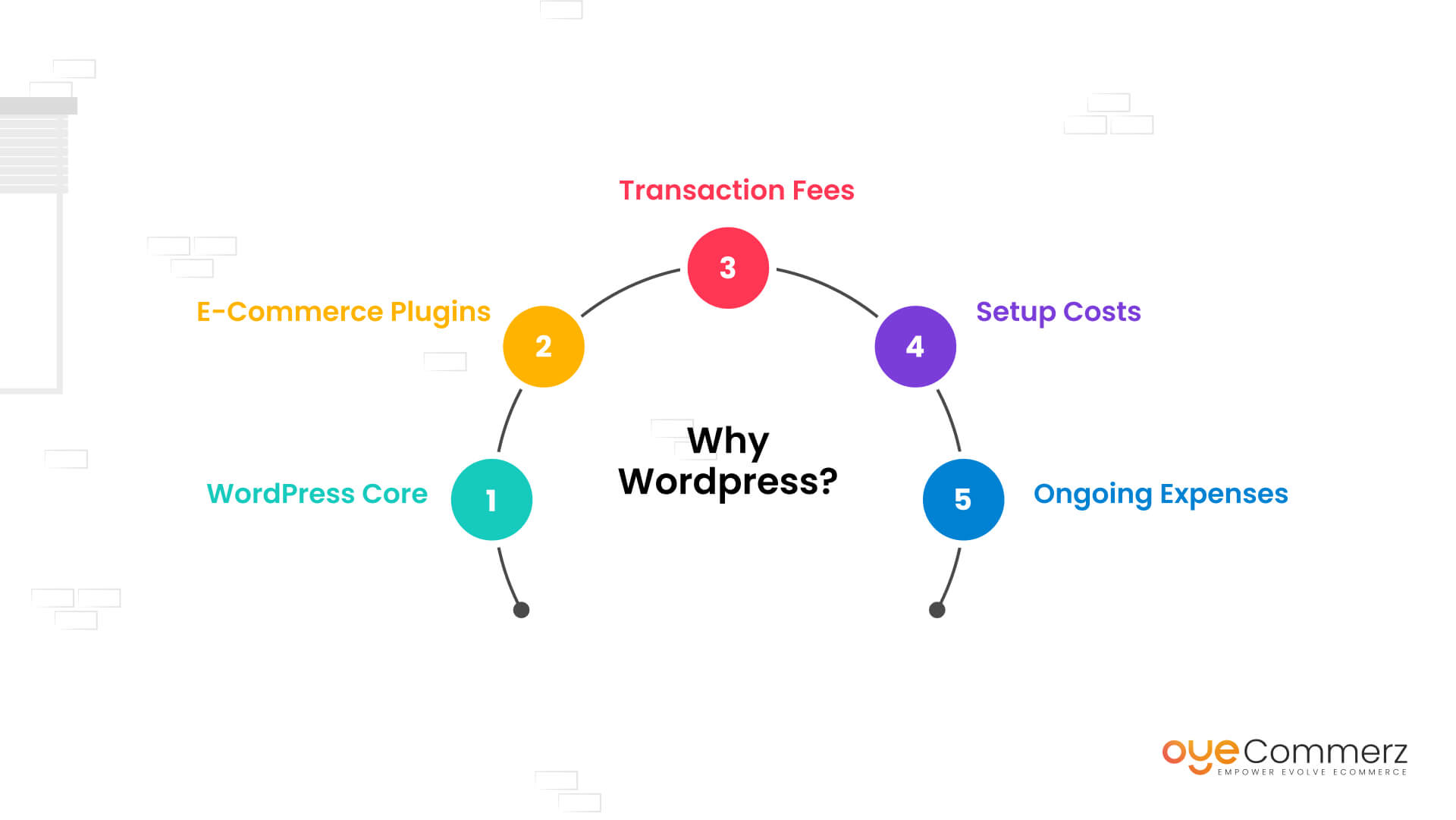Transitioning from WordPress to Shopify marks an exciting step toward optimizing your online store operations. As companies expand, choosing a solution that aligns with growth potential, UX, and customization becomes crucial. Shopify has emerged as a favorite for online merchants, providing unmatched flexibility, security, and user-friendliness. In this guide, we’ll explore the transformative impact of this migration, highlight the advantages, and share practical tips to ensure a seamless move.
1. Why Migrate from WordPress to Shopify?
The combination of WordPress and WooCommerce, has served countless e-commerce platforms. Nevertheless, as companies scale, challenges like plugin dependency, security vulnerabilities, and technical complexities can hinder progress. Shopify, specifically created for e-commerce, addresses these concerns with an all-in-one, intuitive platform. Statistics back this shift—Shopify powers over 4.4 million stores worldwide, with a reported 10% increase in sales performance for numerous merchants after migration.
2. Key Benefits of Shopify for E-commerce Success
Shopify’s powerful platform is tailored for scaling businesses. Its standout features are:
- Effortless Design Flexibility: Shopify provides over 80 professionally designed themes.
- Built-in Features: Capabilities such as Shopify Payments and built-in SEO save time and effort.
- Global Reach: Multi-currency support and regional customization empower brands to expand internationally.
Additionally, Shopify boasts an availability percentage of 99.98%, guaranteeing your store is always operational.
3. Preparing for WP to Shopify Migration
Before migrating, evaluate your current store. Review product data, client information, and search engine rankings. Tools like Shopify’s Migration Kit or external tools can simplify this process. Develop a detailed strategy, ensuring all resources—product descriptions, images, and articles—are ready for seamless import.
4. The Importance of Accurate Data Migration
Transferring your data is a cornerstone of a successful transition. When moving from WordPress to Shopify, focus on:
- Product Information: SKU, descriptions, and groupings.
- Customer Data: Emails, purchase records, and custom fields.
- Search Engine Considerations: Preserve meta tags, URLs, and forwarding paths to maintain search rankings.
Leverage tools such as LitExtension to facilitate seamless migration while minimizing errors.
5. Tailoring Your Shopify Store to Fit Your Brand
Post-migration, customizing your Shopify store ensures it reflects your brand. Utilize Shopify’s intuitive page builder to design pages effortlessly. Shopify's templates are optimized for all devices, ensuring a smooth user experience across platforms—a critical factor, since 74% of online shopping is generated by mobile visitors.
6. Maintaining SEO During Migration
SEO is vital for preserving your online presence during migration. Shopify excels in SEO with clean URL structures, preloaded features, and smooth content management. Ensure:
- Set up URL forwarding for existing links.
- Optimize new pages with keyword-rich content.
- Leverage plugins like Plug in SEO to monitor performance after the switch.
7. Post-Migration Testing
After finishing the transfer, run detailed checks.
Review: - Website speed (Shopify boasts faster speeds in contrast with WP).
- Functionality of payment gateways and transaction flow.
- Mobile responsiveness.
Testing ensures your store delivers a seamless shopping experience from day one.
8. Real-Life Success Story
One such migration success story is Gymshark, a Shopify migration pricing sportswear company that moved to Shopify. After the switch, the company saw a 60% increase in mobile sales and reduced site downtime. This highlights the capabilities of Shopify in enhancing e-commerce growth.
9. Overcoming Common Migration Issues
Migration is not without obstacles, such as information accuracy and reconfiguring custom functionalities. However, Shopify’s extensive assistance and third-party experts make overcoming these hurdles manageable. Partnering with qualified Shopify developers ensures a trouble-free Shopify migration tools transition.
10. Making the Switch: The First Step Toward Success
Migrating from WordPress to Shopify represents a forward-thinking decision to e-commerce. By addressing scalability, simplifying management, and enhancing the customer experience, Shopify empowers businesses to thrive in competitive markets.
Final Thoughts
Switching from WordPress to Shopify offers a smart solution that can significantly boost your online business performance. With a well-structured strategy, the right tools, and professional guidance, you can achieve new success milestones.
Ready to make the leap? Let’s discuss how our Shopify migration services can transform your e-commerce platform. Contact us now, or ask yourself: Can your business afford to miss out on Shopify’s growth potential?
